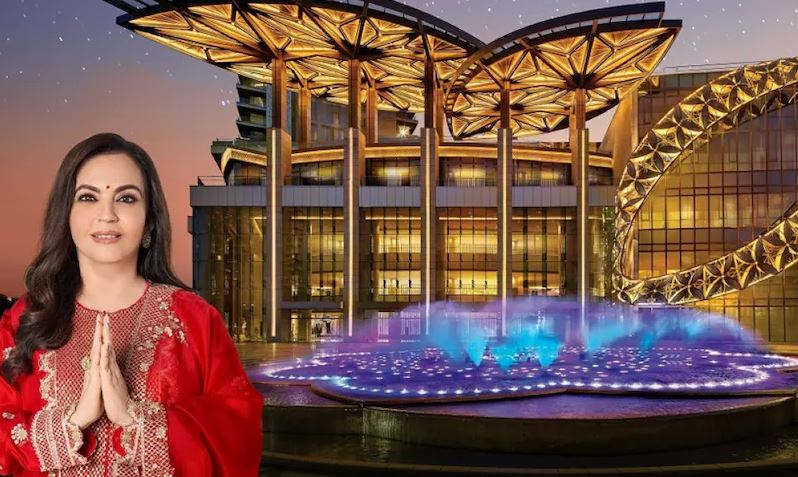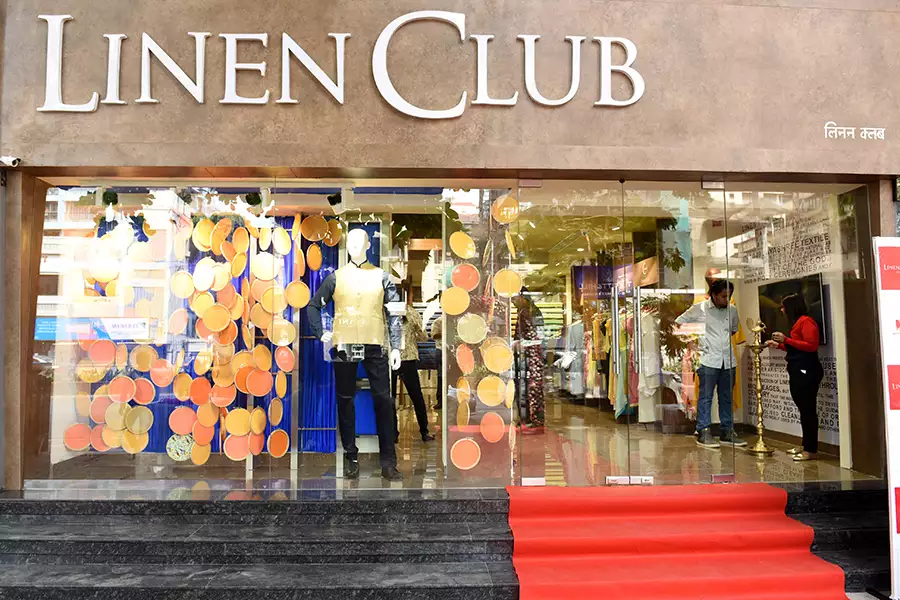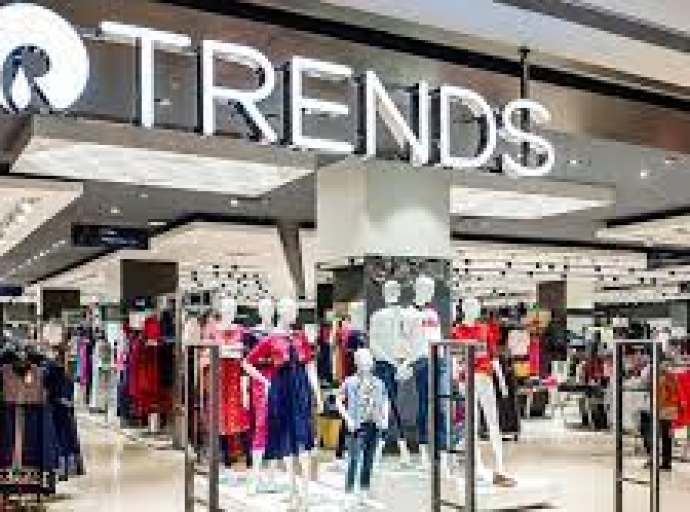07 November 2023, Mumbai
Reliance Industries has many large and successful verticals; however, Reliance Retail is poised to outshine them all.
Following a superb growth trajectory, Reliance Retail has been writing its unstoppable success story for the last four years.
Operational leverage
Reliance Retail's revenue from operations grew 30.4 percent year-on-year to touch Rs 2,30,951 crore in fiscal 2023, up from Rs 1,74,993 crore in fiscal 2022. Earnings before interest, taxes, depreciation, and amortization (EBITDA) saw a hike of 44.7 percent, led by broad-based growth across consumption baskets. Net profit was Rs 9,181 crore in fiscal year 2023 and its valuation has doubled to Rs 8.28 lakh crore at present from Rs 4.28 lakh crore in September 2020.
What’s more, Reliance Retail added over 3,300 new stores last fiscal year, taking the total count to over 18,650 stores, accounting for 71.5 million sq. ft. Currently, Reliance Retail is engaged in the business of retailing products and services across five key consumption baskets, viz., fashion and lifestyle, consumer electronics, grocery, pharma retail, and connectivity.
The quarter ending September 2023 reinforces growth
The Bombay Stock Exchange (BSE) filing shows that a year-on-year gross revenue growth of 18.8 percent, amounting to Rs 77,148 crore, was reported by the organization. In the same quarter in 2022, revenue figures were Rs 64,920 crore. Among its five key consumption baskets, grocery, fashion, and lifestyle maintained stronger growth momentum than consumer electronics, pharmaceutical retail, and connectivity. Another 471 new stores were added in this quarter, and although this year the festive season was scheduled towards the end of the year, the consumer electronics basket showed steady growth.
Nuanced picture
The company’s digital commerce and new commerce businesses continued healthy growth and contributed to 19 percent of its total revenues.
Impressive financial metrics spurs greater growth
Q2 net profit for fiscal year 2024 has gone up 21 percent to Rs 2,790 crore against Rs 2,305 crore in fiscal year 2023.
The EBITDA margin for the quarter, up from 7.6 percent last year, grew to 8.4 percent, driven by operating leverage and a focus on cost management. On a half-year basis, the retail giant’s gross revenue stood at Rs 1,47,096 crore, with a net profit of Rs 5,238 crore.
Quotes
Mukesh D Ambani, Chairman and Managing Director, Reliance Industries, says, “Strong operational and financial contributions from all business segments have helped Reliance deliver another quarter of robust growth.
Reliance Retail has continued to rapidly expand its offline as well as online presence while adding to its already impressive range of products and offerings. We are providing a fresh and friendly shopping experience across our seamless ecosystem.
On the roll; The strength and diversity of our retail business model are consistently delivering robust performance.” In the last Annual General Meeting, he said that Reliance Retail caters to over 90 percent of the daily needs of Indian households, from staples, food, fashion, and FMCG, to home, personal care, and general merchandise.
Analysts tracking the company also maintain that for the Mumbai-based conglomerate, the retail business is going to be the growth engine and the biggest performer in next few years.
Latest Textile Events




































